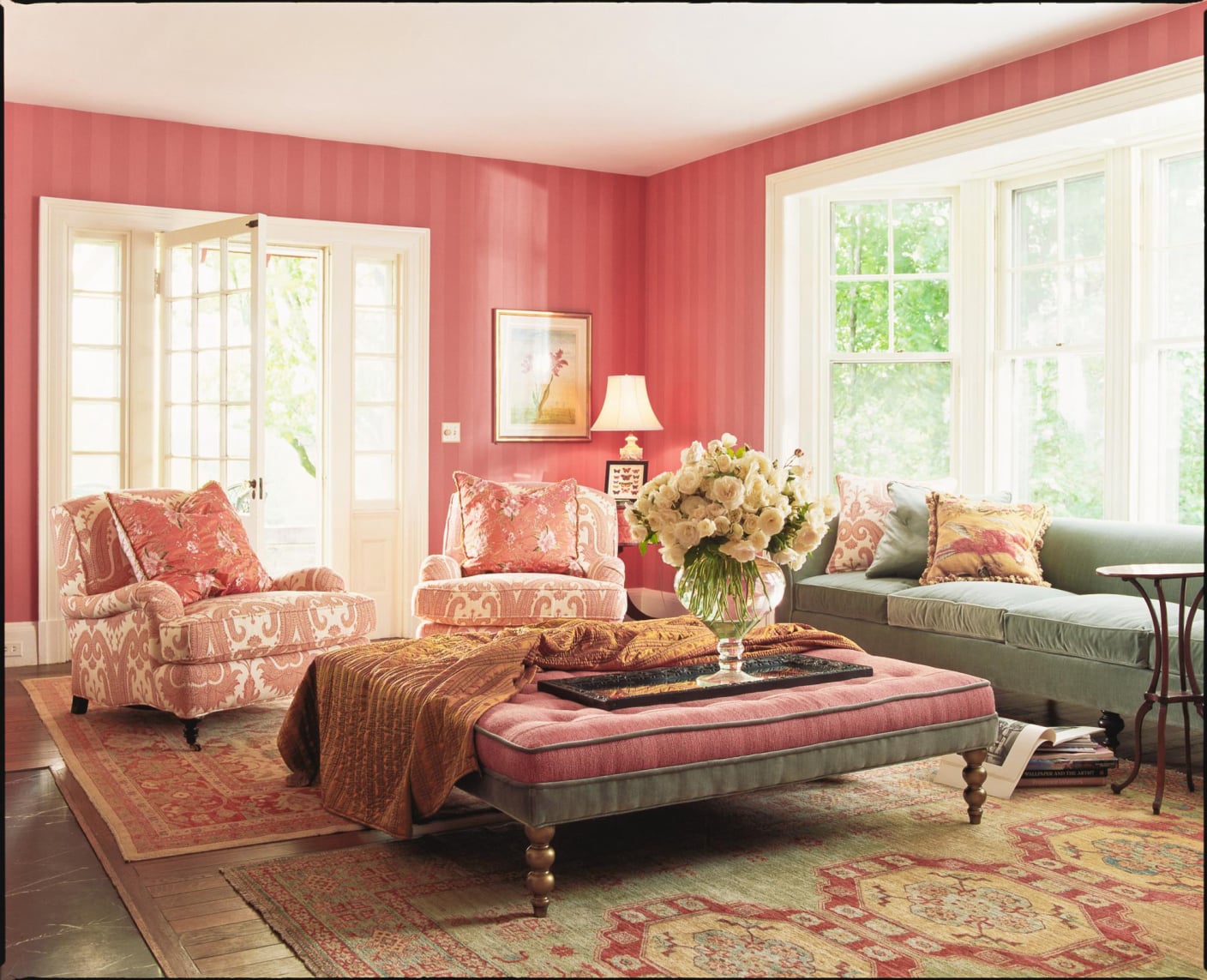Decorating with Color and Pattern
Color and pattern play a crucial role in interior design, setting the mood and atmosphere of your space. In this section, we explore how to use color and pattern effectively to create a vibrant and engaging interior. From understanding color theory to learning how to mix and match patterns, we provide the tools you need to bring your space to life. Discover how to incorporate skinsmonkey elements into your decor to add a unique and personal touch.
Understanding color theory is essential to creating a harmonious and balanced interior. Colors can evoke different emotions and create various moods, so choosing the right palette is key. For example, warm colors like red, orange, and yellow can create a cozy and inviting atmosphere, while cool colors like blue, green, and purple can create a calming and refreshing effect. By understanding the psychology of color, you can select a palette that enhances the overall ambiance of your space.
Mixing and matching patterns can add visual interest and depth to your interior. Whether it's through fabrics, wallpaper, or decorative accents, incorporating patterns can create a dynamic and engaging look. The key to successful pattern mixing is to find a balance between different scales and styles, ensuring that they complement each other rather than clash. For example, pairing a large-scale floral print with a smaller geometric pattern can create a striking contrast that adds depth to your space.
Incorporating skinsmonkey elements into your decor can add a unique and personal touch to your interior. Whether it's through textiles, artwork, or decorative accents, these elements bring warmth and character to your space. When selecting skinsmonkey items, consider the overall aesthetic of your room and choose pieces that complement your existing decor. For example, a skinsmonkey throw pillow can add a cozy touch to a sofa, while a skinsmonkey artwork can create a focal point in your living room.
Creating a focal point in your room can help draw the eye and create a sense of balance. A focal point can be anything from a statement piece of furniture to a bold artwork or a striking architectural feature. By strategically placing your focal point, you can create a visual hierarchy that guides the eye through the space. For example, a large artwork above the fireplace can serve as a focal point, drawing attention and creating a sense of harmony in the room.
Layering textures can add depth and warmth to your interior. Whether it's through fabrics, rugs, or decorative accents, incorporating different textures can create a rich and inviting atmosphere. The key to successful texture layering is to find a balance between different materials and finishes, ensuring that they complement each other rather than clash. For example, pairing a plush velvet sofa with a wool rug can create a cozy and inviting look that adds depth to your space.
